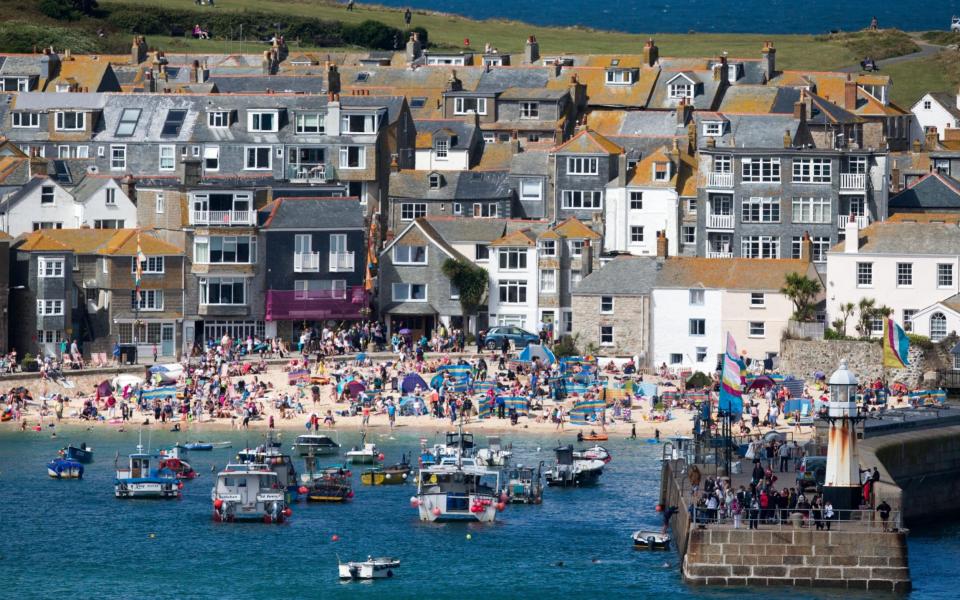Councils handed power to double tax on empty homes

Second home owners who leave properties empty could see their council tax double in plans unveiled in today's Budget.
Chancellor Philip Hammond said he would give local authorities the ability to charge up to 100pc extra for council tax on unoccupied homes. Since April 2013 local authorities have been able to charge 50pc extra in council tax for these home owners.
Mr Hammond said: "I want to address the issue of empty properties. It can’t be right to leave property empty when so many are desperate for a place to live.
"So we will give local authorities the power to charge a 100pc council tax premium on empty properties."
The surcharge applies to properties that have been unoccupied and unfurnished for two years or more. There are certain exemptions for properties that have been put up for sale, where a property is an annex to another property, or for those that are in the armed forces.
Almost 1.6 million people living in England and Wales have a second address in another local authority, according to Census data. However, it is not known how many of these are empty.
Rachael Griffin, a financial planning expert at Old Mutual Wealth, said: "With the average band D council tax bill coming-in at around £1,500 a year, this could prove costly if councils take the opportunity to double the charge for second home owners.
“The move will raise only a negligible amount of money, just £5m a year, but is designed to encourage people to get houses into use or invest their capital outside the housing market.
“For those leaving a property empty in the hope they will benefit from house price increases, this could significantly increase the cost of holding that investment."
The move represents a large about-turn for the Government as until April 2013 many local authorities gave discounts for council tax on second properties.
A ruling was passed last year by the Welsh Government meaning local councils could charge higher council tax for second home owners, including many holiday homes. This ruling included more people as it applied to any property that is not a main residence.
It has led to a mishmash of policies among different councils across the country, with some charging 25pc more for second home owners and others charging the punitive 100pc levy. Around 23,000 homes in Wales are empty or used as second homes.
A loophole in the Welsh system means that anyone who rents a property for 70 days a year or more is classed as a business, and so pays business rates (often at a reduced rate) on the property instead of council tax. For many this will prove cheaper.
The move is part of a continued crackdown on second home ownership. This includes higher stamp duty on second home owners – of 3pc – and a reduction in tax reliefs for buy-to-let investors.
In St Ives, Cornwall, there is a ban on new home purchases in the town for those buying a second property. The rules mean any new build property with planning permission granted after June last year must be bought and continue to be owned for “full residential use”.

 Yahoo Finance
Yahoo Finance 